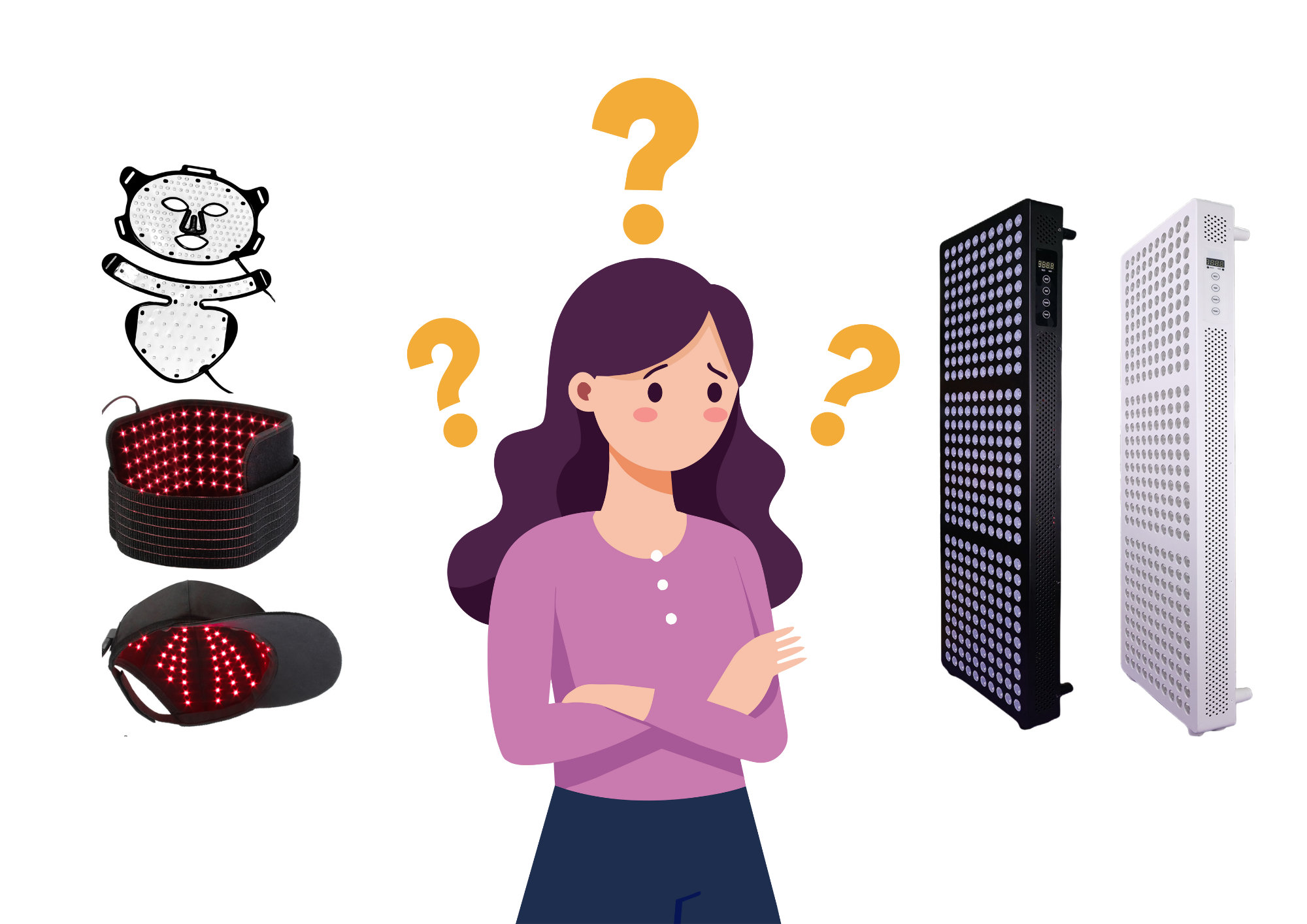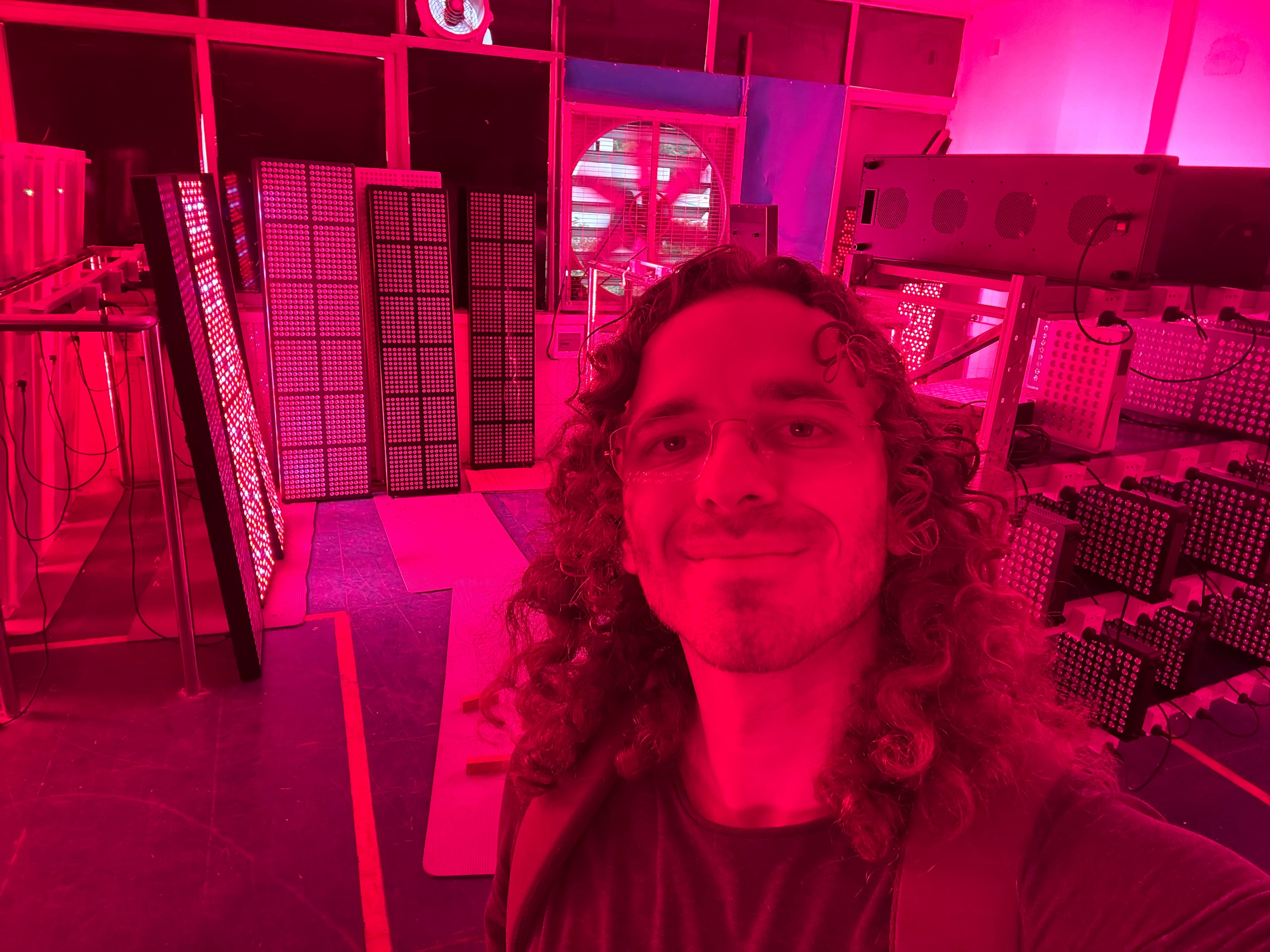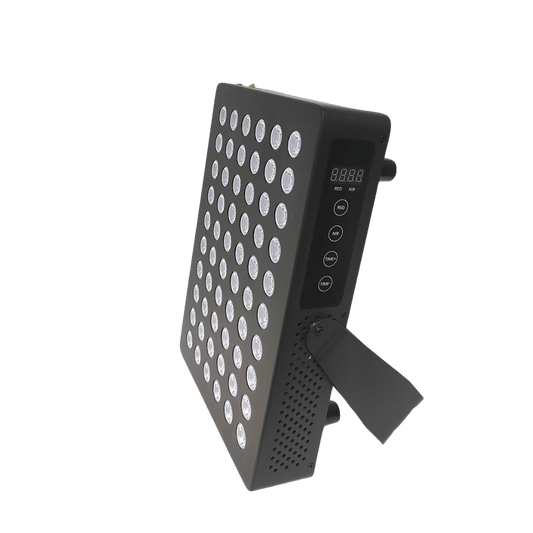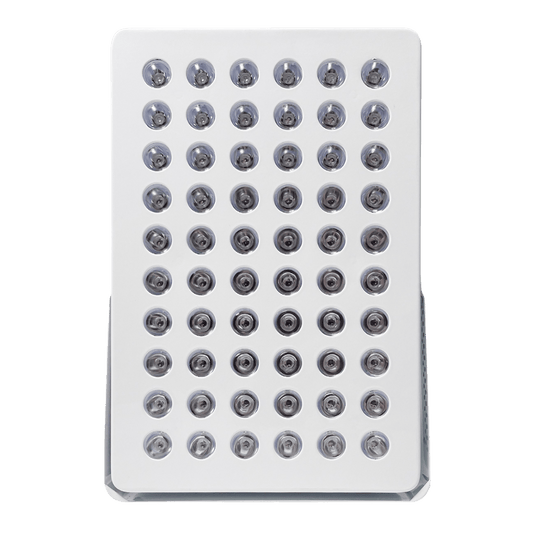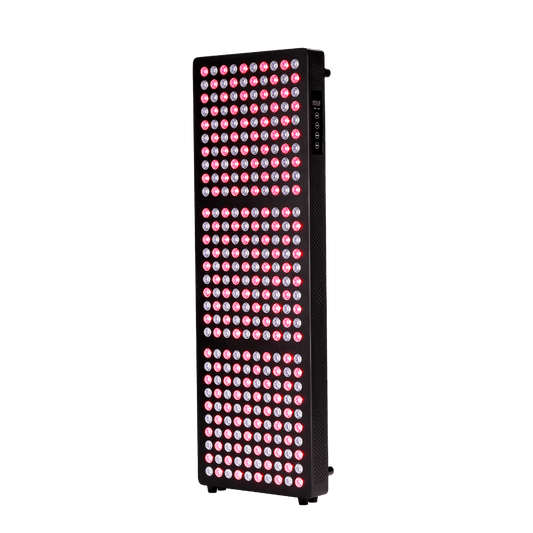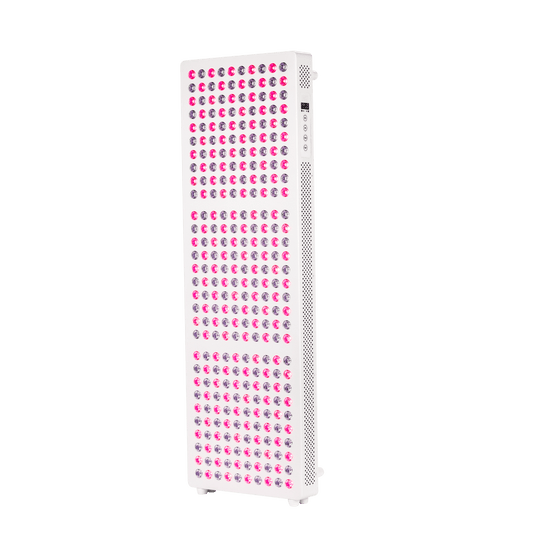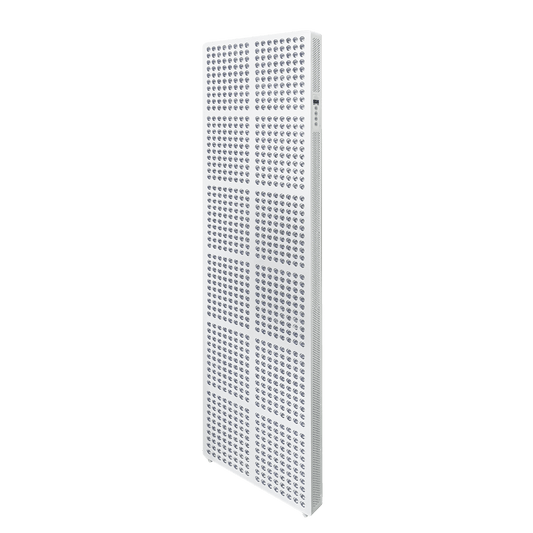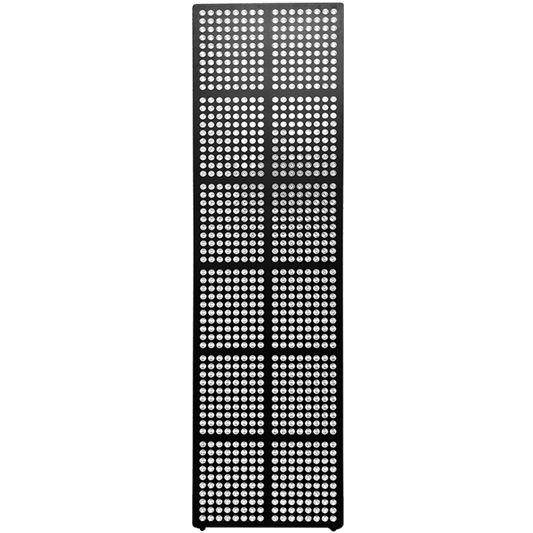How to Choose a Device
Here's a simple 6 step process to help you choose the most suitable red light therapy device.
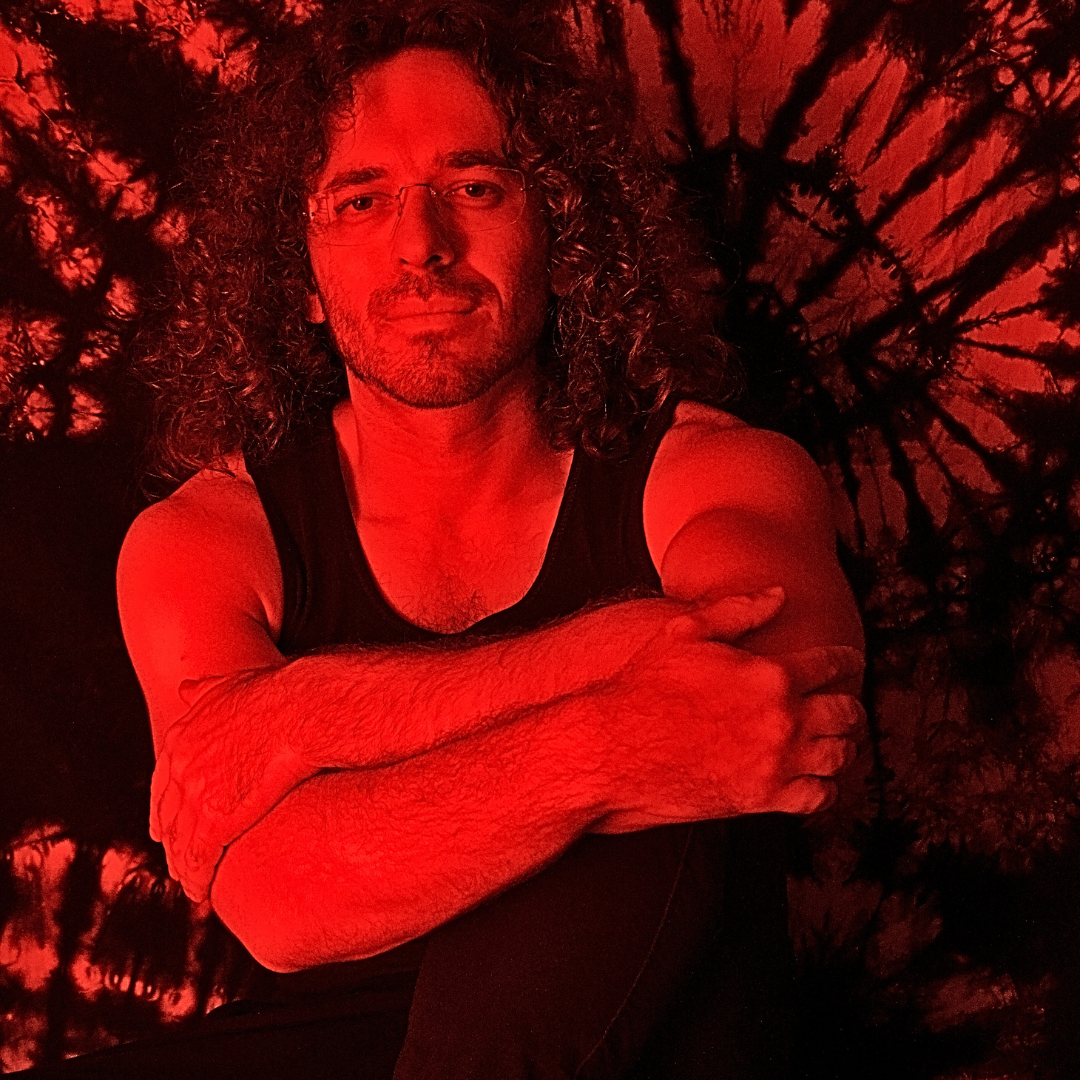
Step 1: What is your goal?
If you are after general wellness and self-care then panels are superior because of their versatility while direct on skin devices offer more niche configurations and form factors for those with specific goals.
For example, we have had customers report that HeroBelt has helped improve back pain more than our panels, likely due to the 2:1 NIR to red LED ratio which penetrates deeper and better reflects pain and inflammation research³.
On the other hand panels are more versatile, have more wavelengths (and therefore reflect a wider variety of research) and can cover more of your body at once.
And for a beauty focus, you can't go past the HeroMask Elite which incorporates wavelengths specifically inspired by RLT skin health research.
The most important question is: Which device is most suited to my goal?

Step 2: What makes it easiest to be consistent?
You only need to do RLT 3x a week for 5-20 minutes depending on your device. This isn't a lot of time, but when you're busy it's easy to forget.
A beautiful part of red light therapy is that it's a passive activity, meaning you can do it while doing something else. That's why you should think about which type of red light therapy device will best fit into your current lifestyle.
Some people like using their HeroMask Elite while laying in bed while others prefer to meditate in front of a Hero300 panel or read while wearing a HeroBelt or HeroHat.
The second most important question is: What type of device will most easily fit into what I already do?
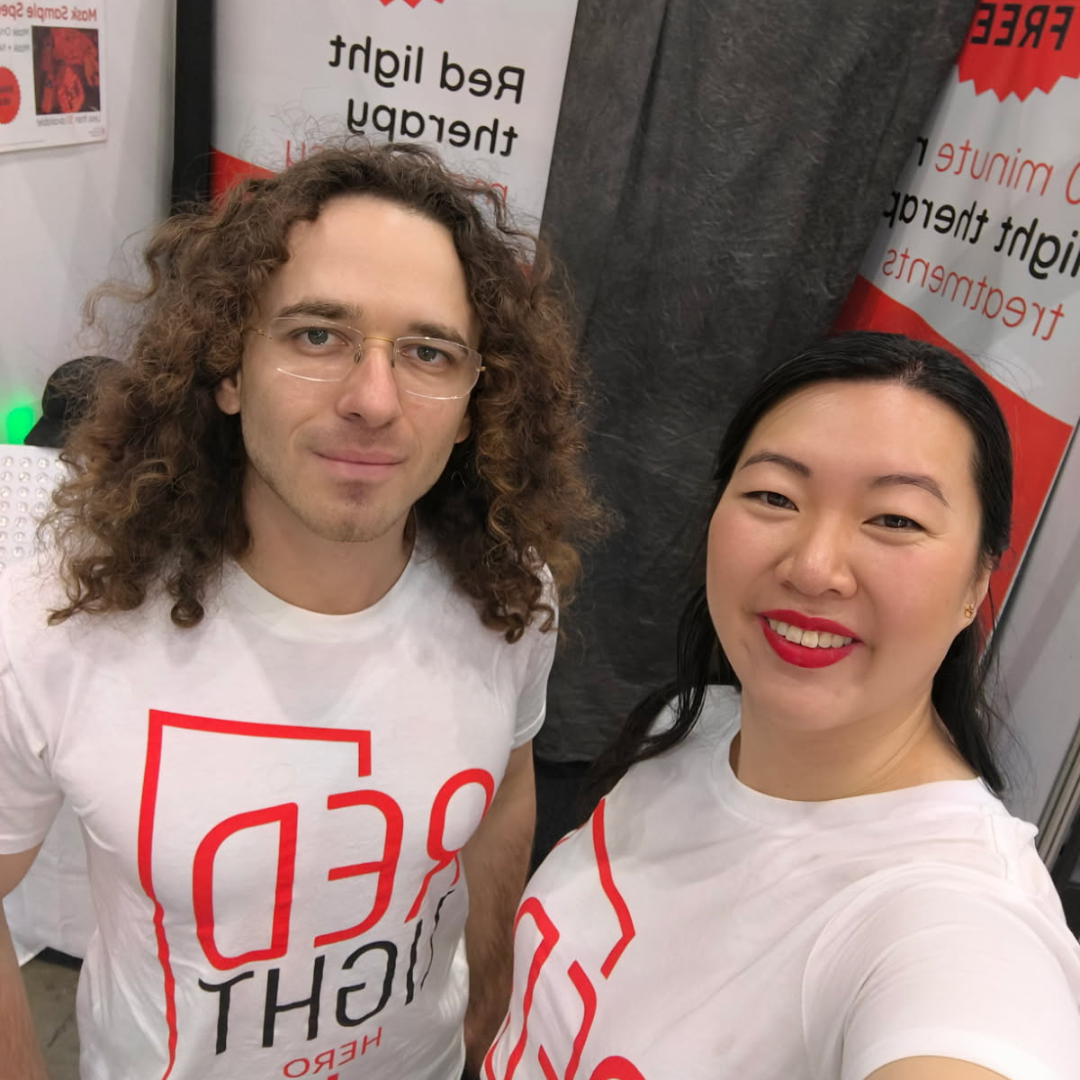
Step 3: What is your budget?
Once you've worked out which type of device will best fit your goals and lifestyle, the final consideration is budget. While we have products with a variety of price points, red light therapy isn't cheap.
As people who value self-care, the last thing we want you to do is put yourself into a financially-compromising position.
This is a meaningful investment in yourself and as such we encourage you to take your time and ask us as many questions as you want.
Remembering that you can always upgrade later, the third question to ask yourself is: What can I comfortably afford now so I can start my red light therapy journey stress-free?
Step 4: Panels vs direct on skin devices
Keep the following distinctions in mind when you reflect on your answers to the above:
Step 5: Consider the research
Click the links below to explore research in the areas relevant to your goals to see which products might be most likely to help³:
Step 6: Compare your options
Now that you've informed with yourself with research - both on red light therapy and yourself - look through our products and begin your red light therapy journey today.
-

Panels & Stands
Our Hero Series red light therapy panels and stands
-

Direct on Skin Devices
Our Hero Series direct on skin red light therapy devices
-

Red Light Therapy Face Masks
Our Hero Series red light therapy masks
-

General Self-Care
Hero Series non-red light therapy self care tools





